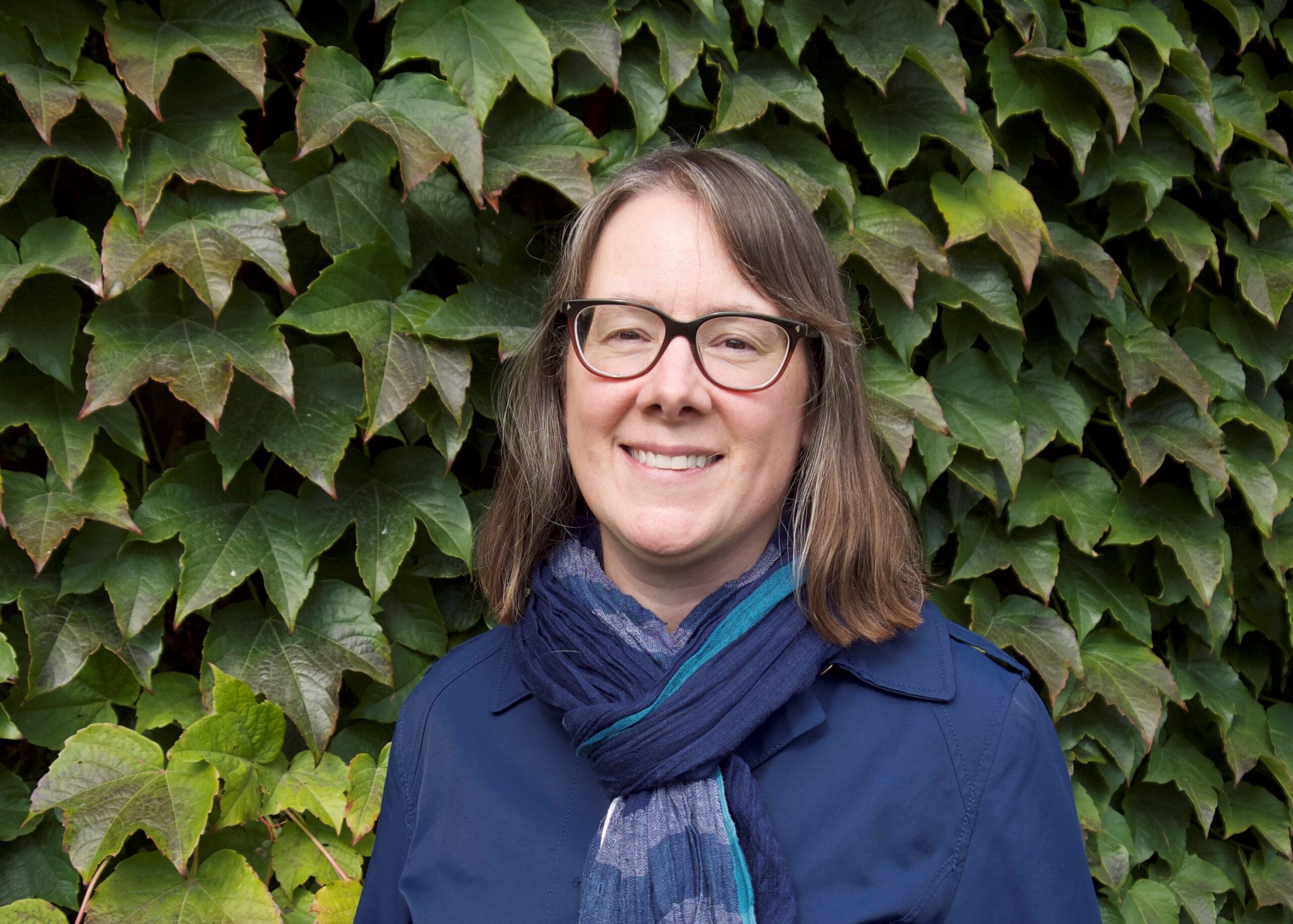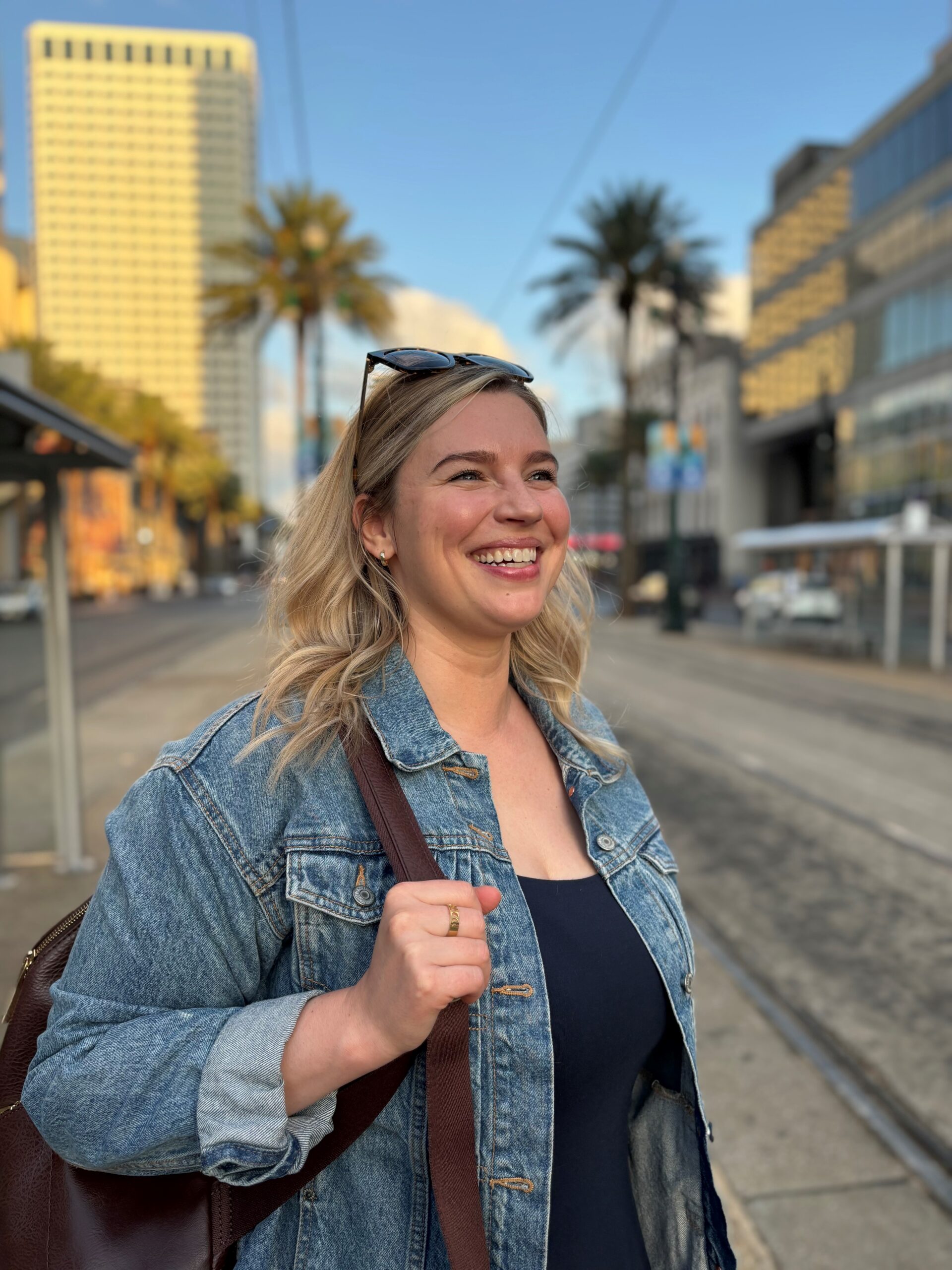We Have to Talk About Ageism

Subscribe to Catalyst
Subscribe to get our magazine delivered right to your inbox
Related Articles
Related Articles
Older adults are more likely to suffer from social isolation. Loneliness is increasingly being recognized as being bad for our health. The good news is that mattering and belonging can flip the script. Our series explores these and other related concepts.
“I think I was 50 the first time a younger person in the office asked me when I was going to retire,” recalls Pamela, a 62-year-old government employee who lives in Edmonton. “He said it was high time people like me got out of the way to make room for people like him.”
Pamela, a pseudonym to protect her identity, has worked for the same department since the mid-1990s. She’s qualified, knows all the ins and outs and, according to her, actually trained her last two bosses for roles she applied for. She never even got an interview. She recently filed a workplace discrimination complaint against her employer, because she believes she’s the victim of ageism.
“Being constantly passed over for promotions is frustrating,” says Pamela. “Worse than that, though, is being made to feel like you’re a burden.”

Dr. Alison Chasteen, a social psychologist at the University of Toronto.
Pamela isn’t alone. A recent Employment and Social Development Canada survey found that almost half of respondents 55 or older felt they had experienced ageism, a form of discrimination that the World Health Organization says is one of the “most socially normalized.” Not only is age stigma prevalent, but it can also damage older adults’ abilities, says Dr. Alison Chasteen, a social psychologist at the University of Toronto.
“If you activate negative stereotypes in older peoples’ minds, that can elevate a cardiovascular stress response that can also affect memory function, so they don’t do as well on, say, a free recall test where you have to recall a list of items,” says Dr. Chasteen, noting that it’s also been shown to impact motor function.
Fixed mindsets
Internalizing negative stereotypes to the point that they feel like they define our characters isn’t unique to older adults experiencing ageism. Self-stigmatization is a common phenomenon that runs across all forms of stigma but, when it comes to ageism, there’s another layer, because older adults may, themselves, have held negative ideas about ageing when they were younger.
Given how pervasive and complicated age stigma is, an essential first step in tackling it is to stop using terms that carry negative connotations, such as “the aged,” “old-old,” “senior citizens” and “the elderly.” These imply a fixed identity and/or evoke images of frailty. By contrast, the term “older adult” reminds us that age is relative and ever-changing.
“Really what we’re talking about here is ageism,” says Katie Ellis, Program Manager at the Mental Health Commission of Canada, who recently led a research project on mental health and older adults in Canada. “Using language with negative associations really does have a negative impact on quality of life, because stigma can stop people from thinking they can get better access to care or participate in certain activities.”
Stigma and social exclusion go hand in hand. Pamela says that, even though she’s resisting the push for her to quietly retire from her life-long career, she’s often left out of after-work gatherings and finds that holiday parties can be awkward because she’s not in the cool kid crowd. She’s lucky to have good friends outside of work, but it’s easy to see why age stigma is closely associated with mood disorders, diminished well-being, and feeling less inclined to seek medical treatment, as well as loneliness and social isolation.

Mental Health Commission of Canada program manager Katie Ellis led a research project on older adults and mental health. Stigma can lead to a negative impact on quality of life.
Mattering and belonging – what’s the difference?
“I think the big thing with discrimination and prejudice and stigma is that you’re no longer seen as a unique person with valued attributes,” says Gordon Flett, Honorary President of the Canadian Psychological Association 2024-2025 and former York University Canada Research Chair. “A key element of ‘mattering’ is just being seen as an individual with valued attributes and, instead, you’re seen according to a prescribed box that you’re put into, and you feel unvalued or devalued.”
“Mattering” shares a lot of space with the idea of “belonging” but takes it a step further. It’s possible to belong to a club but still feel unimportant. Mattering means that people value your contributions and, simply enough, you matter. That sense of purpose and meaning seems to offer protective qualities, since it’s correlated with resilience and better health outcomes. Anti-mattering, on the other hand, is closely associated with discrimination and stigma.
“Anti-mattering is so destructive because it means treating people like they’re insignificant or invisible or unseen, unheard and unvalued,” Flett explains.
It’s hard to get people to see beyond stereotypes if you rarely, if ever, interact with people outside of your generation, though. Few Canadians do, since “age bubbles” define a lot of peoples’ social lives. As ageist as some workplaces may be, it’s not uncommon for people from different generations to work on projects together on the job site. By contrast, many social spaces are often tightly age-segregated in ways we don’t always even notice.
“I went to a wedding with my sister and my mother recently and we expected to spend the evening together,” says Dr. Raza Mirza, Director, National Partnerships for HelpAge Canada. “But my mother was sat at a table with older adults, and I was sat at a table with younger people who I didn’t have anything in common with. I would have far preferred to sit with my mother.”
The assumption that older adults only want to talk to people their own age is particularly striking to Mirza, whose career is focused on fighting age segregation through intergenerational projects. Although many are in their infancy, there are a lot of pretty cool projects aimed at getting people out of their age bubbles.
In Alberta, the Canadian Alliance for Intergenerational Living launched a pilot project last year that placed students looking for affordable housing into retirement communities in exchange for leading classes in, say, art, scholarship, or fitness.
St. Lawrence, a school in Champlain, Quebec, arranges intergenerational living situations by offering students two meals a day and free lodging in a residence for older adults in exchange for 10 hours of volunteer work in the home per week.
Vancouver’s Volunteer Grandparents has a “Family Match” program that sees older adults sign up to help mentor kids whose biological grandparents can’t play active roles in their lives. Ontario resident Heather Walker wanted to take part in the program but was too far away, so they made her a pen pal to a 15-year-old.
“She seemed like a younger me,” says Walker, who will celebrate her 70th birthday this summer. “Her passions were writing, and social justice and I had so many questions, my letter back was five pages long.”
Now she has a new role as a pen pal with an entire class in an elementary school. She helps them with things like sentence structure and sends them Valentine’s Day cards and other special treats.
Burst your bubble
One of the better-known age bubble-bursting projects is Raza Mirza’s “Intergenerational Classroom,” an initiative that sees a third-year University of Toronto Ageing and Health class pop up in a common room at Christie Gardens, a Toronto retirement community and long-term care home. Students and residents take the class together for the entire semester.
“It’s been highly, highly successful, because we facilitated a platform where people can feel valued,” says Mirza. “We keep hearing that people felt they had a role, felt that their contributions were meaningful, and felt a sense of belonging. But there was also reciprocity, so it wasn’t this older person who was just the recipient of information or sharing information. There was this back-and-forth exchange.”
Nobody gets stuck in the corner at the kids’ table, either. Everyone has a chance to break out of their age bubble and get to be seen as a unique person. It’s a fabulous model showing a path forward for us to fight against stigma, negative stereotypes, and anti-mattering. And, in fact, it might even help people re-define what “being old” means.
“We’ll start the class by asking the students, ‘At what age do you think a person is old?’,” says Mirza. “People say things like 40 or 50 or 60. Then, after being in the class and listening to older adults for 12 weeks we ask them the question again. They say things like, ‘I’m not sure’ or ‘I think old is a perception or a feeling.’ They focus on the similarities they have and the things that they have in common,” he adds. “They don’t focus on the age difference anymore.”
Resource: A free course on dismantling structural stigma in health care aims for meaningful change for people experiencing mental health and substance use issues.
Author: Christine Sismondo is a Toronto writer who hopes to one day live with friends in a communal living project modelled after The Golden Girls. In a perfect world, there’d be someone like Sophia in residence, because intergen living is the best.